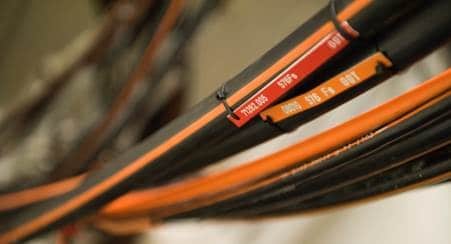Nokia Bell Labs, Deutsche Telekom T-Labs and the Technical University of Munich have achieved unprecedented transmission capacity of 1Tbps rate in an optical communications field trial with a new modulation technique. The breakthrough research could extend the capability of optical networks to meet surging data traffic demands, said Nokia.
According to Nokia, the trial of the novel modulation approach, known as Probabilistic Constellation Shaping (PCS), uses quadrature amplitude modulation (QAM) formats to achieve higher transmission capacity over a given channel to significantly improve the spectral efficiency of optical communications.
PCS modifies the probability with which constellation points - the alphabet of the transmission - are used. Traditionally, all constellation points are used with the same frequency. PCS cleverly uses constellation points with high amplitude less frequently than those with lesser amplitude to transmit signals that, on average, are more resilient to noise and other impairments. This allows the transmission rate to be tailored to ideally fit the transmission channel, delivering up to 30 percent greater reach.
It was 50 years ago when optical fiber was introduced. With the promise of 5G wireless technology on the horizon, optical transport systems today continue to evolve to help telecommunications operators and enterprises meet network data traffic growing at a cumulative annual rate of up to 100 percent.
Bruno Jacobfeuerborn, Director Technology Telekom Deutschland and CTO Deutsche Telekom
To guarantee a high customer experience for future services we need optical transmissions with increased capacities, reach and flexibility over deployed fiber infrastructures.
Marcus Weldon, president Nokia Bell Labs & Nokia CTO
Future optical networks not only need to support orders of magnitude higher capacity, but also the ability to dynamically adapt to channel conditions and traffic demand.




















